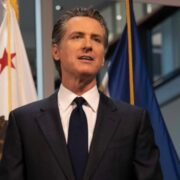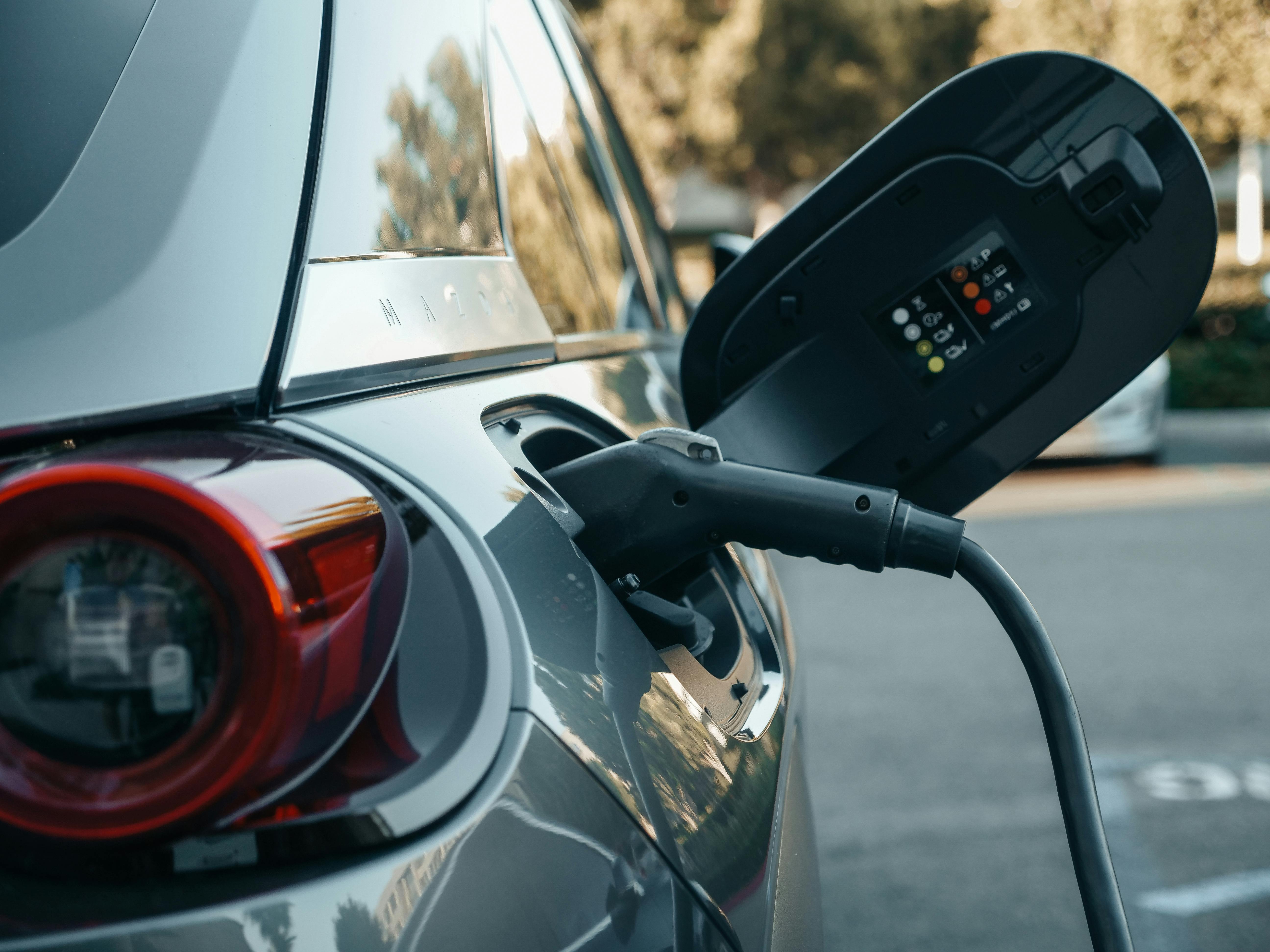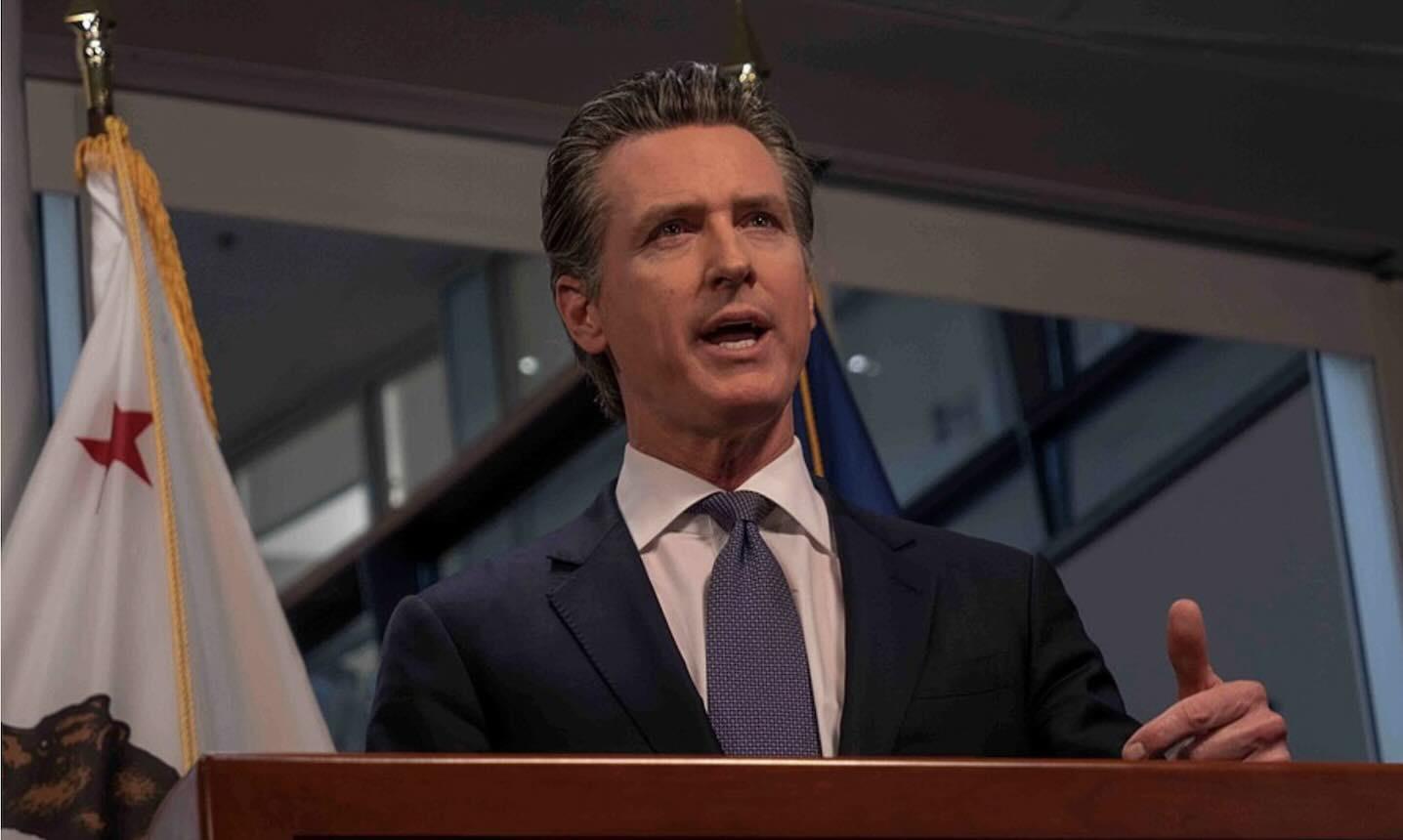
Election to recall Gov. Gavin Newsom scheduled for Sept. 14
IN less than two months, Californians will have the chance to either re-elect Gov. Gavin Newsom or elect a new state leader among a pool of mostly conservatives who have criticized the current leader over, among many things, his handling of the COVID-19 pandemic and lockdown procedures.
The controversial recall election is the first in almost 20 years where Californians will be asked to remove or retain the governor from office. (The last time was in 2003 when former Governor Gray Davis, a Democrat, lost a recall election to Republican Arnold Schwarzenegger.)
The effort to recall Newsom — who is up for re-election in 2022 — began in June 2020 when the Secretary of State (SOS) approved petitions for the governor’s recall. On April 26, 2021, petitioners garnered enough signatures and the recall election was certified on July 1.
Early on, the recall effort was snubbed as a frivolous effort on the part of Republicans to oust Newsom for his handling of the COVID-19 pandemic as well as long standing grievances related to Newsom’s management over the housing crisis, high taxes and cost of living.
Now more than a month away from the election and amid a concerning surge in COVID-19 cases, Newsom — who has so far raised $32 million and is counting in his anti-recall campaign — is currently on a campaign to encourage his supporters to be vigilant this election.
According to a July 27 poll from UC Berkeley, 47% of voters supported the recall while 50% opposed the recall, but given how recent recall elections turnout, anything can happen.
California Secretary of State Shirley Weber met with ethnic media representatives on Thursday, July 29 to unpack the controversial recall election and how voters can participate in this crucial vote.
“Even if the turnouts can be low in off-season elections, this is going to be a very highly publicized election,” Weber said. “The media plays a huge role in voter behavior, but it is very important that people know exactly what they’re voting for, how to do it, and why it matters.”
What is on the ballot?
According to Weber, the ballot will contain two critical questions that will be counted independently. The first question will be, “Do you want to recall the governor?” to which voters may only answer “yes” or “no.”
If more than 50% answer “no” then the governor will not be recalled, and if more than 50% answer yes, then the governor will be recalled and voters will get to choose who the replacement should be.
The second question will ask, “Who do you want to replace as governor?” to which voters will choose one among the list of 46 certified candidates, a diverse pool of former elected officials, currently elected officials, students, philanthropists, CEOs and media personalities.
Even if you vote no on the first question, i.e. if you vote to keep Newsom as governor, “you should still pick a person for the second question because you would still want to have input for who gets to be governor” if a majority of California voters vote to recall Newsom, Weber explained.
How do I vote?
Like every statewide election, potential voters should check their voter registration status, which can be done on the SOS website. Once you register to vote, or if you are already registered, you will receive ballots in the mail on Aug. 16 by the county you live in.
For those who opt to vote-by-mail, ballots must be postmarked by election day and received by the county elections office within 7 days, or voters may drop ballots off at polling locations.
The final day to register to vote online is Aug. 30, but voters who miss the deadline may opt for same day voter registration, where you can fill out a registration and vote on the day of the election at polling locations, which will be open from 7 a.m. to 8 p.m.
Why this election matters
This recall election, which is largely fuelled by partisan vim and vigor, is positioning itself as just as if not more high profile than the 2003 recall election.
Proponents for the recall say that the reasoning is twofold: to get rid of Newsom and his “failed policies” and to reform California as a whole. Opponents feel that the recall election is a wasteful attempt by conservatives to take back the heavily blue state.
But the election is certified and scheduled, which shifts the focus to voter turnout.
“We’re in a critical period where people are voting in great numbers, and as a result of that there’s also an effort to suppress those numbers,” Weber said, adding that her office is ramping up efforts to encourage communities across the state to show up for the election.
Historically, special elections — i.e. elections that aren’t the quadrennial presidential election — don’t typically garner much voter turnout. Voter apathy is profoundly common in elections of all levels, but the 2003 recall election garnered 61.2% voter turnout.
This election also sheds light on the ways in which the state undergoes recall elections. Weber noted on Thursday that there were “serious problems” with the state’s current recall protocols and that after the Sept. 14 election, the process should be reviewed either by a commission or a committee.
In order to kickstart a recall, organizers are required by law to gather signatures equal to 12% of votes cast in the last election; translated into quantifiable numbers, that means just 1.5 million signatures were needed to recall the governor.
Weber said that she doesn’t believe that “a small number” like that should have the power to force an election that could cost hundreds of millions of dollars. In comparison, other states require around 20-25% of votes cast.
“We’re in this position where we have to ask ourselves if it is reasonable to have such a low bar because there’s always going to be about 10 to 15% of people who don’t like an elected official,” Weber said.
She added that the rules for who wins the election should also be changed. In a recall election, a candidate could be elected to office without winning the majority of votes.
Recall rules state that it takes a majority of votes to remove an elected official, but when their replacement is being determined by voters, the candidate who receives the most votes wins, even if they don’t get more than 50% of the vote; hypothetically, a candidate who earned 15% of the vote could win if all other candidates received less than that.
“It doesn’t make sense, and we have to really reconsider if a person could become governor of the state without the approval of more than half of the electorate,” she said.
What is this election costing the state?
While the partisan division between pro-recall and anti-recall Californians may be wide, there is one thing that Californians of all political ideologies can agree on: elections are expensive.
In early June, the California Department of Finance reported that the recall election is set to cost the state and county election officials around $276 million to conduct.
Polling data shows that, across the board, Californians are largely opposed to the recall effort. A survey from the Public Policy Institute of California found that 70% of likely voters think that the recall election is a waste of money. (Klarize Medenilla/AJPress)






